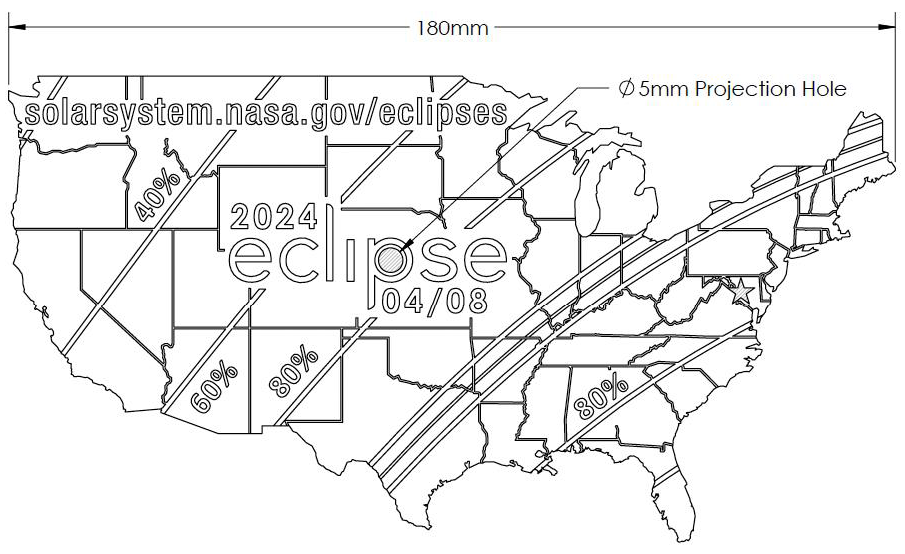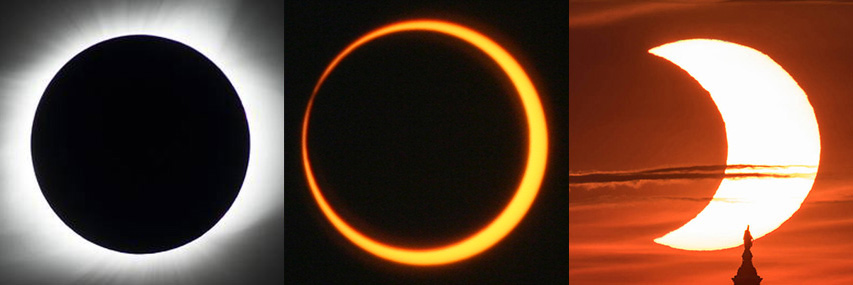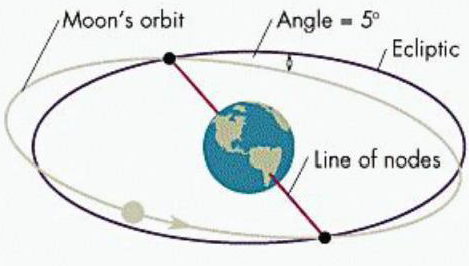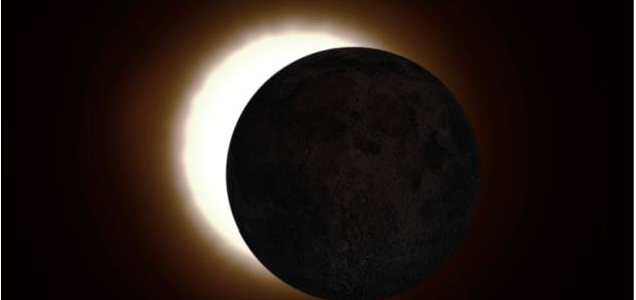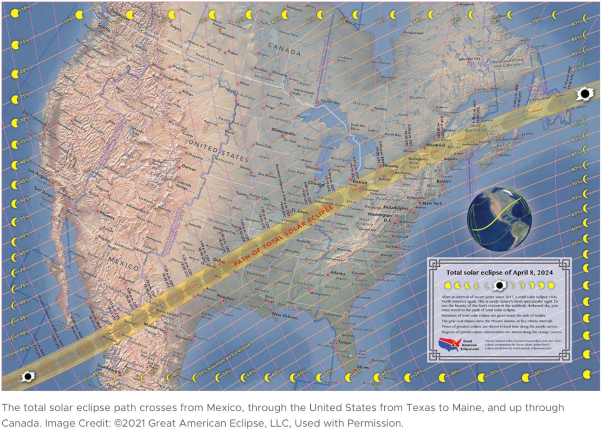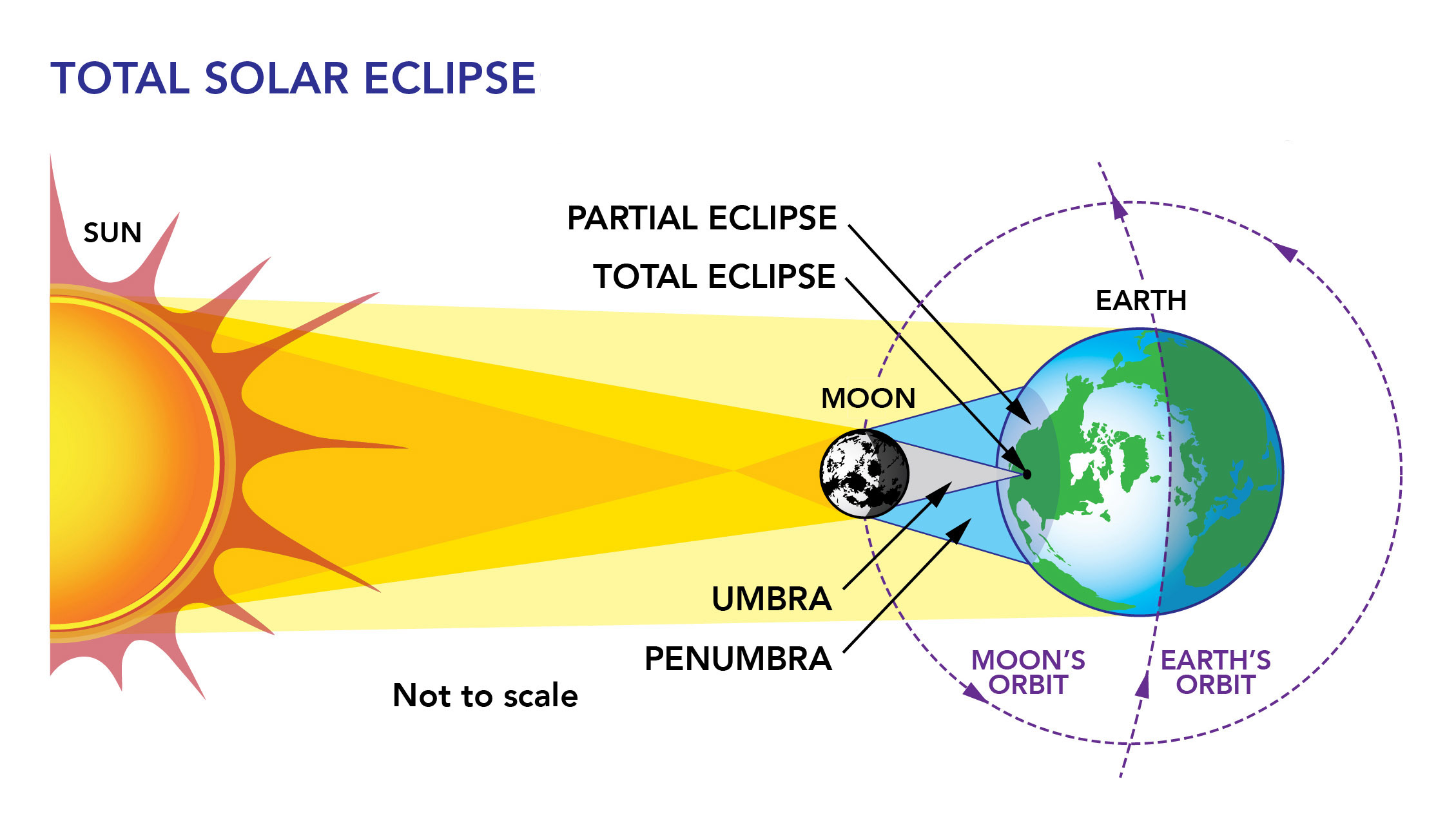Lesson Plans
Solar Eclipse Safety Activity
Overview
This hands-on activity is the construction of an extended coverage area of eclipse glasses to provide extra protection for safely viewing a solar eclipse. This makes it harder to look outside the lenses on the eclipse glasses.
Materials Required
Materials:
- ISO Approved Solar Eclipse viewing glasses (ISO requirements: 12312-2)
- Paper Plates (medium, or large)
- Scissors
- Clear Tape
- Pencil, Pen, or Marker
Procedure
Remember to never look directly at the Sun without proper safety equipment.
Teacher Preparation:
Teachers can prepare the plates for students or have students make them. It is essential that they are checked to make sure there are not gaps that sunlight can get through. The cardboard from the eclipse glasses should completely cover the cut outs in the plates.
- Inspect the ISO approved solar eclipse viewing glasses to ensure that the lenses are not scratched or damaged.
- Select a paper plate size that will best fit the students.
- With the plate resting face up, place the eclipse glasses in the middle of the plate.
- Using a marking tool, trace the outline of the eclipse glasses.

- Mark the location of the lenses on the plate without touching the lenses on the eclipse glasses.
- Mark the edges where the eclipse glass arms connect.

- Cut sections out of the paper plate for the lenses, and then cut slots in the plate for the arms of the eclipse glasses.
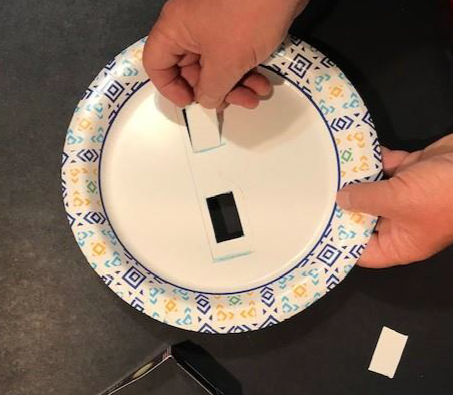
- Remove the lens cut outs.
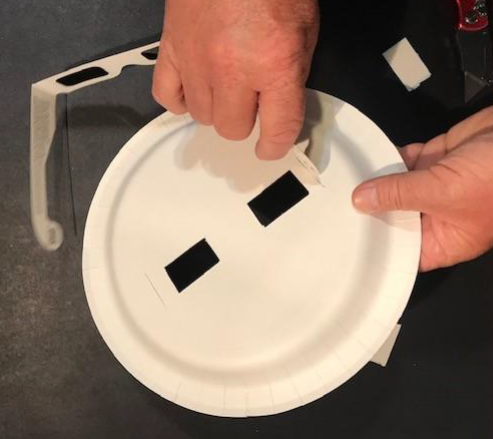
- Insert the arms of the eclipse glasses through the slots to make sure that the lenses are lined up with the holes.
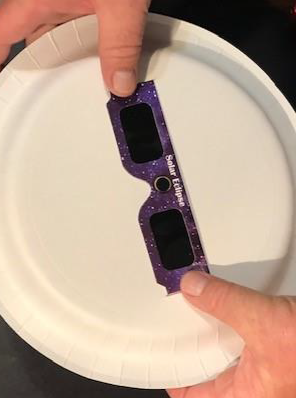
- Make sure that the outside edge of the glasses completely covers all cutout sections.
- Do not tape glasses to the plates if you are planning to decorate them.
Procedure:
- Prepare plates as described in the teacher preparation section.
- Distribute the plates to the students.

- Optional: Have students decorate the plates.
- Cut out a triangular section for the nose and mouth. A narrow triangle might work better for smaller children.

- Tape the glasses to the plate to secure them in place. Make sure that you tape the cardboard and not the lenses. If students do this, the teacher should check each pair of glasses to make sure they were taped properly and will provide the extra protection from paper plate.
- Check for proper fit.
VARIATIONS
For younger children the earpieces might not fit securely. In that case, a string, ribbon, or rubber band can be attached to the sides of the plate so that the child can wear it like a mask. The string will help hold the protective shield in place.
Additional information from NASA for safely viewing a solar eclipse can be found at: https://solarsystem.nasa.gov/eclipses/safety
Disciplinary Core Ideas:
- ESS1B: Earth and the Solar System
Crosscutting Concepts:
- Scale, Proportion, and Quantity
Science and Engineering Practices:
- Planning and Carrying out Investigations
- Identify and practice safe methods for viewing the Sun
- Make a plan for safely viewing the upcoming 2023 and 2024 solar eclipses
How do we safely observe a solar eclipse?
It is extremely important to protect the eyes when looking at the sun. Never look directly at the Sun without proper eye protection. ISO approved solar eclipse viewing glasses work great for viewing a solar eclipse. However, sometimes with smaller children, the glasses might not fit securely around the face and over the ears well enough to provide maximum eye protection. Therefore, it is a good idea to extend the coverage area of the glasses by attaching them to a paper plate to provide that added protection.
"Studying the innermost part of the corona – visible only during total solar eclipses – is key to answering fundamental questions about how heat and energy are transferred from the Sun out into the solar wind, the constant stream of particles that the Sun spews into the solar system. The solar wind can impact humans and technology at Earth, so understanding how it becomes accelerated at the Sun can help predict its impacts at home."
Learn more at NASA Eclipse Science.
Source:
NASA Research | Science. (n.d.). NASA Solar System Exploration. Retrieved February 26, 2023, from https://solarsystem.nasa.gov/eclipses/science/nasa-research/

